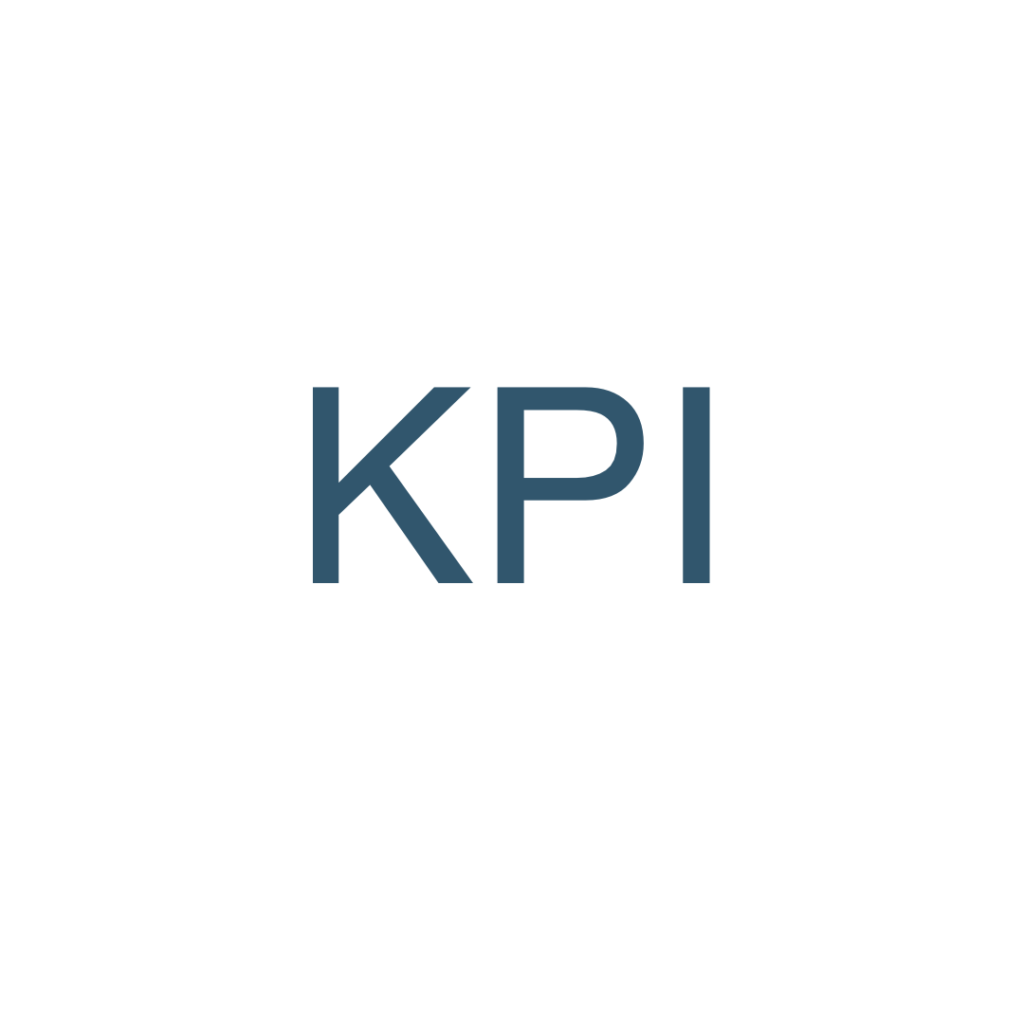KPIs, Key Performance Indicators, are key figures for a particular department or function in a company that are monitored systematically. They indicate the direction in which the companys operations are developing and give an indication of the areas that need improvement.
KPIs vary depending on the activity being measured. For example, sales and/or marketing can be measured by one or more of the following KPIs:
- number of prospects
- number of offers sent
- number of customers
- number of new customers
- average purchase
- churn rate
- number of leads received
- number of visitors to the website
- time spent on the website
- website exit rate
The figures are compared with the previous day, week, month and/or year. There is a difference between Key Performance Indicators and company objectives: if, for example, the companys objective is to increase sales by x%, a look at the KPIs can tell you how close to your goal different areas of the company are and, if not even close, what part of the process needs to be improved.
WHAT DOES KPI MEAN IN PRACTICE?
Example: the company's monthly sales volume has been €100 000 both this month and last month.
This month the company has sent 2 offers to its old customers for an average price of €100 000 but has not approached any new customers. The execution rate of these offers is 50%, which means that the total volume of trade has been €100 000.
In the previous month, the company's representative sent 4 offers to new customers and one to old customers. In all cases the average price was €50 000, but only 25% of new customers bought, compared to 100% of old customers. The total value of the transaction was €100 000.
If the goal is only a certain number of transactions and no KPI is monitored, the company may think that no changes have taken place.
However, if you look at it at KPI level, you will see a lot of variation. There is a difference in the number of offers sent (2 vs 4 and 2), the ratio of old to new customers (2 and 0 vs 1 and 4), the average value of the deal (€100 000 vs €50 000) and the completion rate (50% vs 25% and 100%) (disclaimer: this is of course a very simplified example and few companies have such a wide range of figures). However, looking at the KPIs gives companies a good idea of what is behind what has happened. In addition, KPIs are used to predict what might happen in the future based on what is happening now.
A dashboard is a good way to visualise KPIs.

